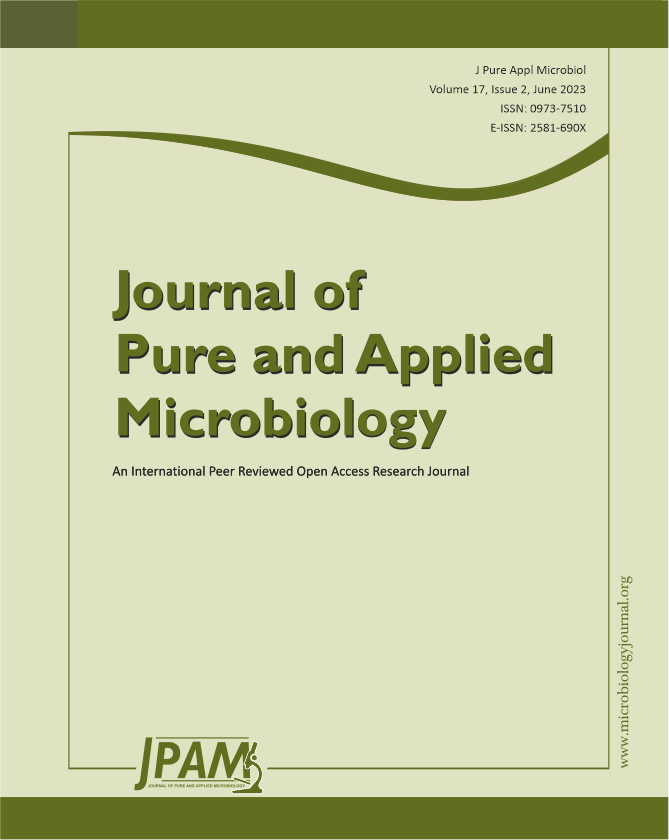Antibiotic resistant bacteria (ARB) in aquatic environments is attracting increasing attention. However, the spread of ARB along Perfume River in Hue City is poorly understood. This study aimed to phenotypically and genotypically characterize β-lactam- and fluoroquinolone-resistant Escherichia coli isolates from this river. Water samples were collected from the urban, rural, agricultural, and less-affected areas in March 2020. E. coli susceptibility to seven commonly employed antibiotics was analyzed using the disk diffusion method, and the antibiotic resistance genes (ARGs), qnrA, qnrB, qnrS, TEM, SHV, and CTX-M, were identified using polymerase chain reaction (PCR) and DNA sequencing. The antibiotic susceptibility patterns of E. coli revealed that the rate of amoxicillin resistance was the highest (60%). PCR assays and sequencing of 12 β-lactam-resistant E. coli isolates indicated the presence of blaTEM and blaCTX-M-15 in 58.3% and 16.7% of the isolates, respectively. Only one of four fluoroquinolon -resistant E. coli isolates harbored the qnrS, while qnrA or qnrB genes were not detected. These findings suggest that this water may be an essential source of transmissible ARGs in Hue City, which may have a detrimental impact on the people living in this area.
Aquatic Environments, Escherichia coli, Antibiotic Resistance, Perfume River
© The Author(s) 2023. Open Access. This article is distributed under the terms of the Creative Commons Attribution 4.0 International License which permits unrestricted use, sharing, distribution, and reproduction in any medium, provided you give appropriate credit to the original author(s) and the source, provide a link to the Creative Commons license, and indicate if changes were made.


